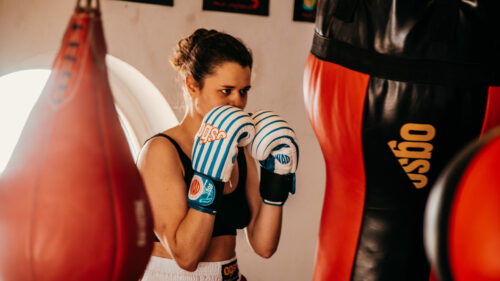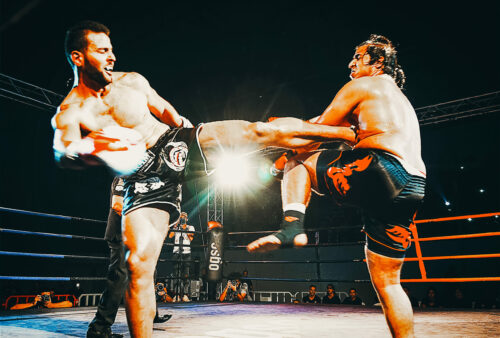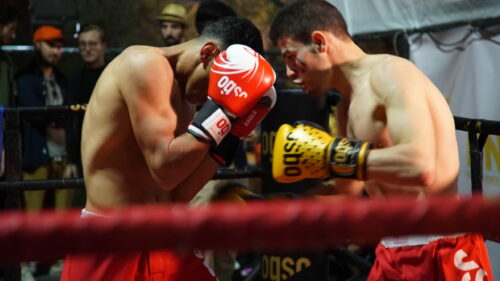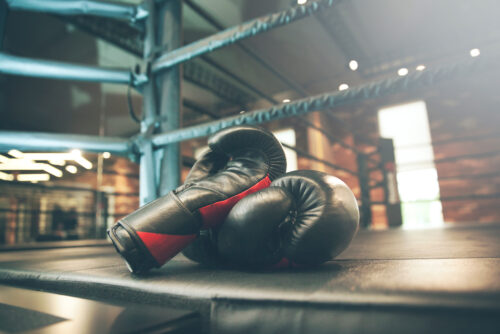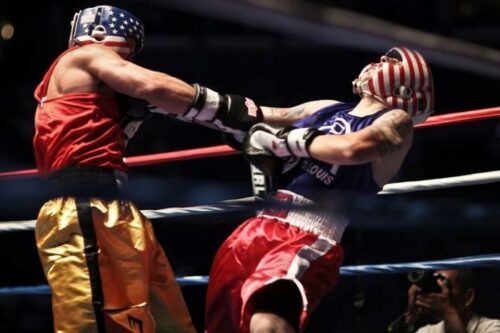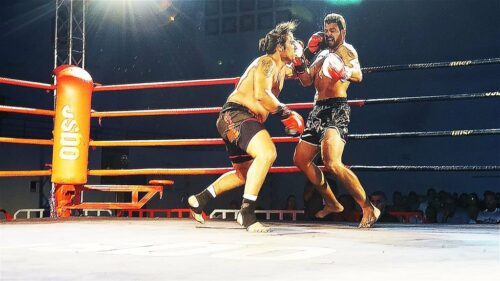Boxing, often referred to as the “sweet science,” is a combat sport that has endured the test of time, transcending cultures and evolving into a global phenomenon. From its mysterious origins in ancient Ethiopia to the present-day multibillion-dollar industry, boxing has weathered challenges, adapted to diverse regions, and produced iconic champions. This unique journey showcases the resilience and evolution of a sport that has captivated audiences worldwide.
Ancient Roots:
The roots of boxing trace back to ancient civilizations, with evidence suggesting prehistoric origins in Ethiopia. As the Egyptians invaded Nubia, they adopted boxing from the locals, spreading it to Greece, Mesopotamia, and Rome. Early depictions in Egypt and Sumer reveal bare-fisted contests, while Minoan Crete introduces the use of gloves. In ancient India, references to musti-yuddha in Vedic epics showcase a diverse range of combat techniques, laying the foundation for boxing’s global expansion.
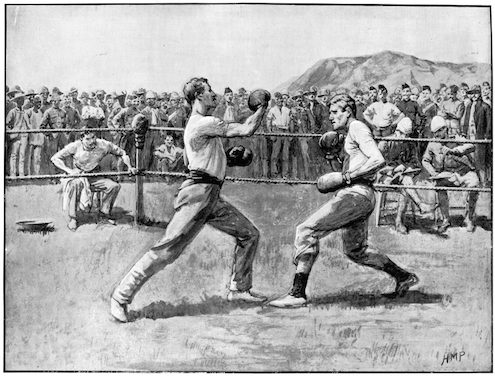
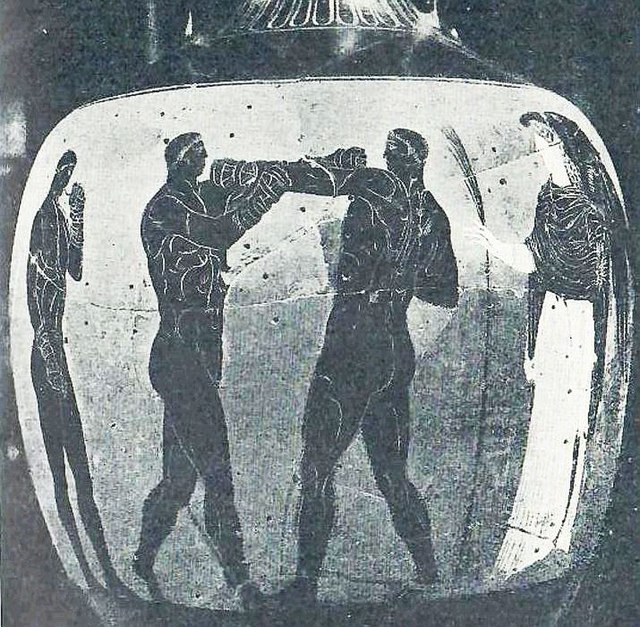
Ancient Greece:
Ancient Greek boxing, also known as pygmachia, was a popular sport in ancient Greece and was practiced in a variety of social contexts in different Greek city-states. The sport dates back to at least the 8th century BC and was practiced by both men and women. Unlike modern boxing, weight categories were absent, and matches continued until one fighter conceded. Fighters would wind leather thongs around their hands for protection, leaving the fingers free, and sometimes wear leather straps over their hands, wrists, and breasts to protect themselves from injury. There was no protection for the face or head, meaning Greek boxing was quite dangerous compared to modern-day boxing. Targeting the head prevailed, resembling the fundamentals of contemporary Western boxing.
Ancient Rome:
The allure of boxing persisted in Ancient Rome, captivating audiences in grand amphitheaters. Fighters adapted their protective measures, evolving from leather strips to metal-studded cestus. The sport became a spectacle, reflecting the enduring appeal of boxing across different cultures and epochs. The willingness to modify techniques and equipment demonstrates the sport’s ability to evolve and captivate new audiences.
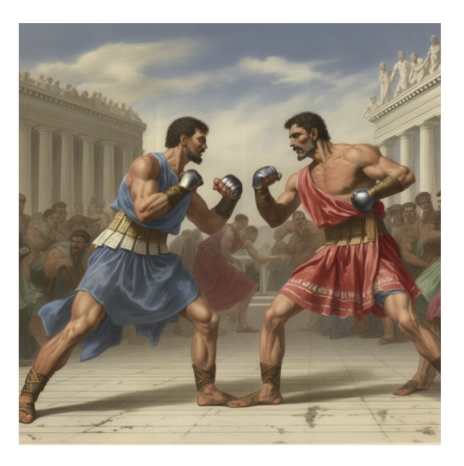
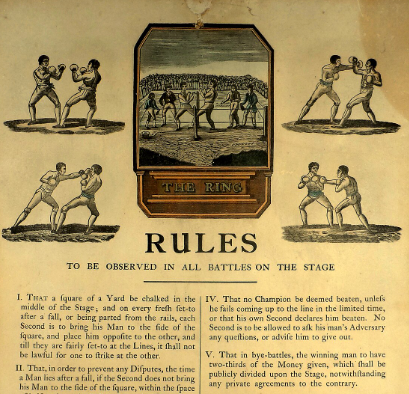
Early London Prize Ring Rules:
After a period of decline following the fall of the Western Roman Empire, boxing reemerged in 16th century England as bare-knuckle boxing or prizefighting. Chaos ensued in the absence of rules until the introduction of the Broughton Rules in 1743. These rules, including the provision for fighters to drop to one knee, marked a turning point. The term “boxing” gained popularity during this era, and the sport saw its first documented match in 1681.
Marquess of Queensberry Rules:
In 1867, the Marquess of Queensberry rules became a cornerstone in boxing’s evolution. Published under the patronage of the Marquess, these rules standardized the sport, introducing concepts such as rounds, timed intervals, and the use of gloves. This marked a shift towards a more strategic and regulated form of the sport. Defensive strategies gained prominence, transforming boxing into a more sophisticated and prolonged contest.
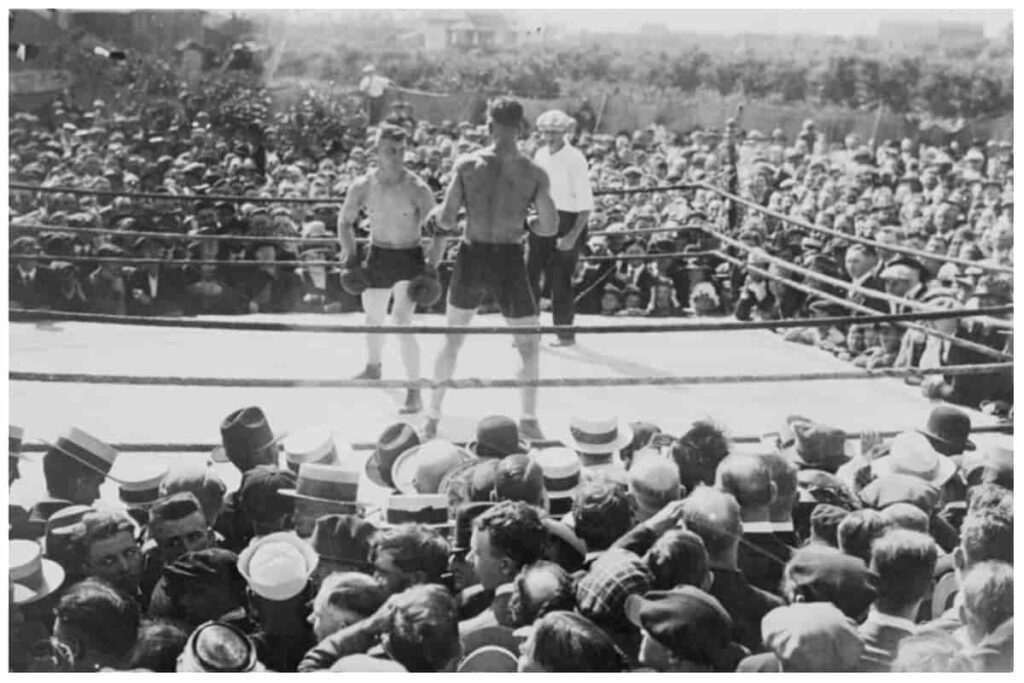
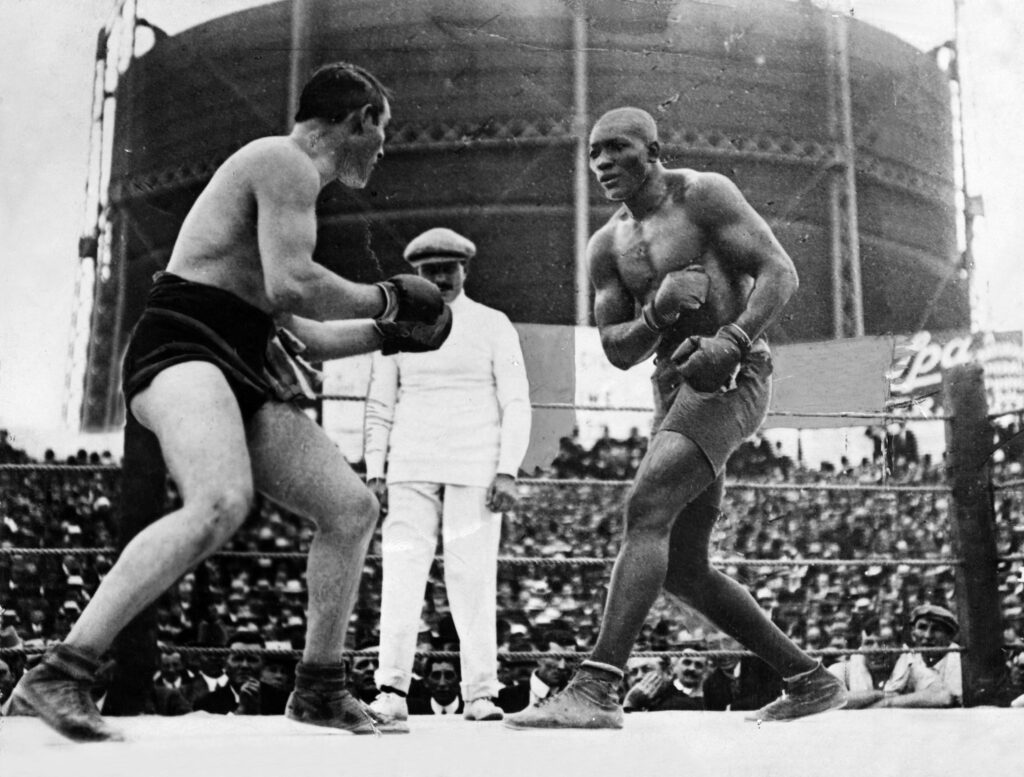
Late 19th and Early 20th Centuries:
During the late 19th century, the legitimacy of prizefighting was questionable. Outlawed in England and parts of the United States, prizefights were often associated with gambling and frequently broken up by law enforcement. However, notable bare-knuckle champions emerged, showcasing sophisticated fighting tactics.
The case of R v. Coney in 1882 in England marked a legal shift, deeming bare-knuckle fights as assaults despite participant consent. This led to the end of widespread public bare-knuckle contests in England. The introduction of the Queensberry Rules saw champions like “Gentleman Jim” Corbett, marking a crucial period in the sport’s transition from a questionable pastime to a legitimate endeavor.
Modern Boxing:
The modern era of boxing arose from illegal venues and outlawed prizefighting, transforming into a multibillion-dollar commercial enterprise. Despite its challenges, a majority of young talent continues to emerge from poverty-stricken areas globally, from Mexico and Africa to South America and Eastern Europe. The sport’s appeal persists in regions like the inner cities of New York and Chicago, where promising young talents rise from the streets, embodying the grit and resilience that characterize the sport.
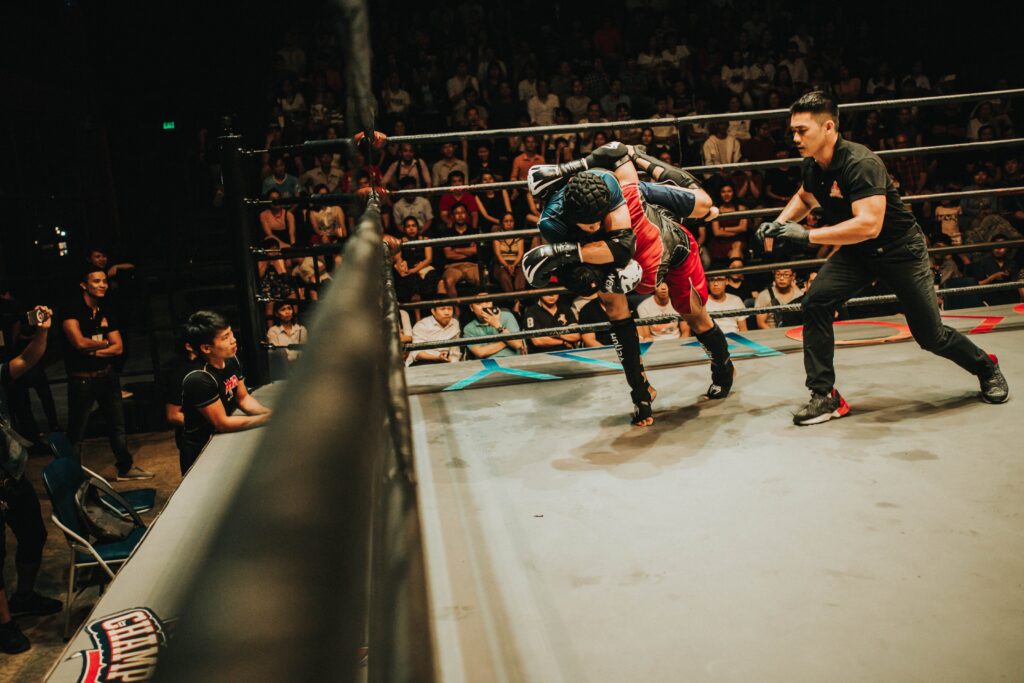
Today, boxing stands as a testament to the adaptability and resilience of the human spirit. Despite losing appeal among the American middle class, boxing thrives in poverty-stricken areas globally, proving its timeless significance. The journey from ancient roots to modern glory is a narrative of strength, resilience, and the enduring allure of competition. Boxing remains a symbol of the universal language of physical prowess, captivating audiences across generations.
Boxing History : “A Gritty Journey from Ancient Roots to Modern Glory”
Post Views: 3,986
Five Typical Errors Novice Boxers Make That You Should Avoid!
Post Views: 1,326
Mastering the Art of Boxing Footwork: Techniques, Tips, and Training
Post Views: 1,599
Box Like Lightning: Improve Your Reactions and Dominate the Ring
Post Views: 1,186
Mastering the Boxing Jab: Techniques and Tips
Unveiling the Art of the Perfect Jab In the realm of boxing, mastering the jab is akin to unlocking the gateway to pugilistic prowess. The jab, often hailed as the most fundamental punch, is not just a means of measuring distance; it’s an art form that demands precision, speed, and technique. In this comprehensive guide, […]
the Best Boxing Gloves: A Comprehensive Guide
Post Views: 2,743
Why Protective Headgear is Crucial in Boxing
Post Views: 2,439
Boxing Gear: A Champion’s Choice
Post Views: 1,264
The Benefits of Leather Boxing Gloves
Post Views: 1,272

